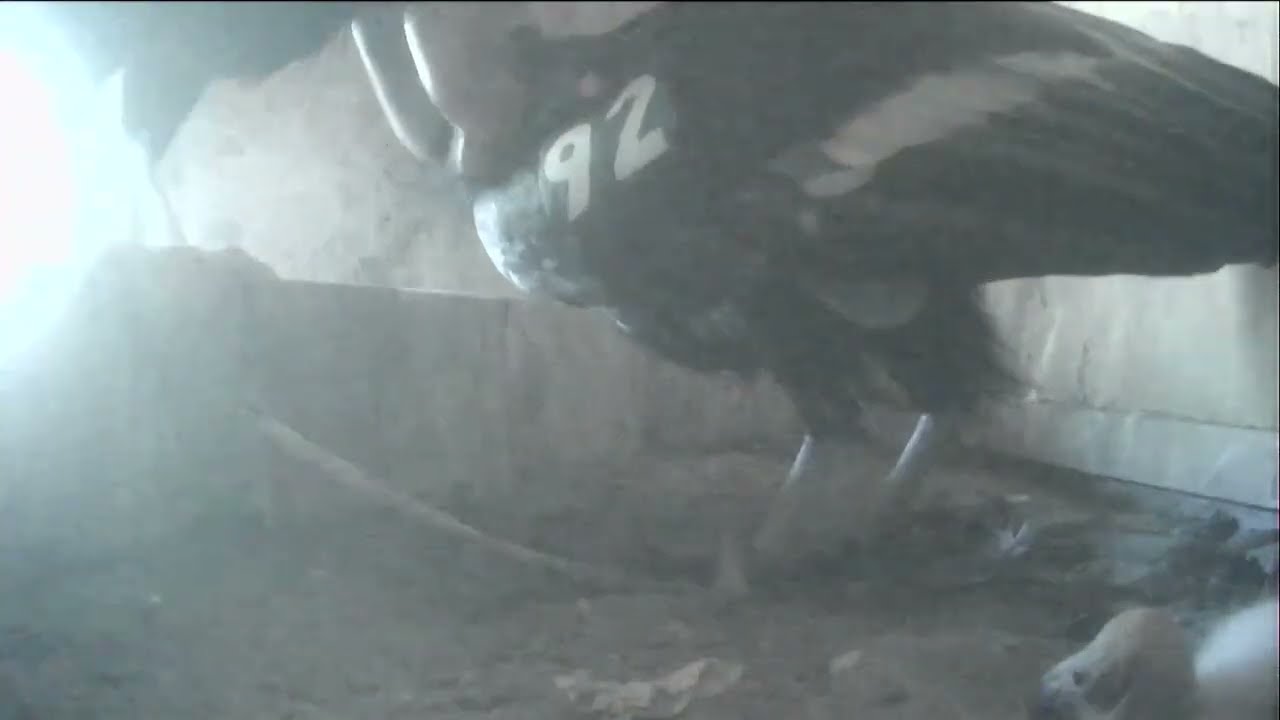– The critical role of zoos in wildlife conservation efforts, with a special focus on conserving endangered species such as the condor.
– A detailed look at condor species’ life cycle and natural habitat, emphasizing the importance of breeding programs in captive environments.
– An exploration of the challenges faced in caring and rearing condor chicks in zoological settings.
– Insights into how successful breeding programs yielding seven fluffy condor chicks can positively impact global biodiversity conservation efforts.
– The importance of public education and engagement in the success of wildlife conservation initiatives, as illustrated by the enthusiasm surrounding the arrival of the new condor chicks.
Zoos play a pivotal role in the conservation of endangered species, serving as modern arks of hope in the face of escalating habitat loss, climate change, and human-induced threats. One of the standout success stories in this conservation endeavor is the breeding program that has welcomed seven fluffy condor chicks. This momentous event exemplifies zoos’ critical work in preserving species that are teetering on the brink of extinction.
The condor, a majestic bird that commands the skies with its vast wingspan, faces several threats in the wild, ranging from lead poisoning to habitat destruction. Breeding seven fluffy condor chicks in a zoo setting not only represents a beacon of hope for the species but also underscores the intricate care and planning involved in such conservation efforts. These breeding programs are meticulously designed to mimic the natural environments of the condors as closely as possible, ensuring the chicks develop the necessary skills for survival.
Understanding the condor’s life cycle and habitat is essential for breeding programs’ success. These birds, native to rugged mountainous regions, require vast territories for foraging and nesting. In captivity, creating an environment that simulates these conditions poses significant challenges. Yet, the birth of seven fluffy condor chicks signifies a triumph over these challenges, spotlighting the adaptability and resilience of both the species and the conservation teams dedicated to their survival.
The care and rearing of condor chicks in a zoo entail a series of rigorous protocols, from feeding to health monitoring, all tailored to replicate the wild conditions closely. For instance, zookeepers often use puppet-rearing techniques to prevent the chicks from imprinting on humans, which is crucial for their eventual release into the wild. This approach has proven successful, as evidenced by the healthy development of these seven chicks. It plays a vital role in the overall strategy to reintroduce condors into their natural habitats.
Breeding programs that result in the successful hatching of condor chicks are a testament to the positive impact that zoos can have on global biodiversity conservation. Each chick represents a step forward in the battle against extinction, contributing genetic diversity and bolstering the population numbers necessary for a species’ survival. Additionally, these programs create invaluable research opportunities, providing insights into the species’ breeding patterns, health issues, and dietary needs.
Public education and engagement are paramount to the success of wildlife conservation efforts. The arrival of seven fluffy condor chicks has captured the public’s imagination, highlighting the plight of endangered species and the importance of conservation work. Zoos leverage such events to foster a connection between visitors and the natural world, encouraging support for conservation initiatives. This engagement is crucial, as it builds a community of informed advocates for wildlife protection.
The tale of the seven fluffy condor chicks is more than just a heartwarming event; it is a narrative of resilience, dedication, and hope. It showcases zoos’ critical roles in conservation, the complexities involved in caring for endangered species, and the collective effort required to safeguard our planet’s biodiversity. As these chicks grow and eventually take their place in the wild, they will serve as ambassadors for their species, inspiring future generations to continue the vital work of conservation.
*****
Source Description
Seven fluffy chicks hatched last month at the Oregon Zoo’s Jonsson Center for Wildlife Conservation, marking the beginning of what looks to be another outstanding year in the effort to save this critically endangered species.
“It’s been an incredible season so far,” said Travis Koons, who oversees the zoo’s bird populations and northwest species recovery efforts. “All seven chicks are eating well and growing stronger every day. They’re just little fuzzballs now, but in a year or two they’ll be spreading some enormous wings and soaring through the open sky.”
Since late January, condors at the Jonsson Center have been laying the groundwork for species recovery one egg at a time. Several other fertile eggs have been laid this year and more chicks are expected soon. With scarcely more than 500 California condors left in the world, each new chick is vitally important, Koons said.
The chicks will stay with their parents for at least eight months before moving to pre-release pens for about a year. Eventually, they will travel to a wild release site to join free-flying condors in California and Arizona.


